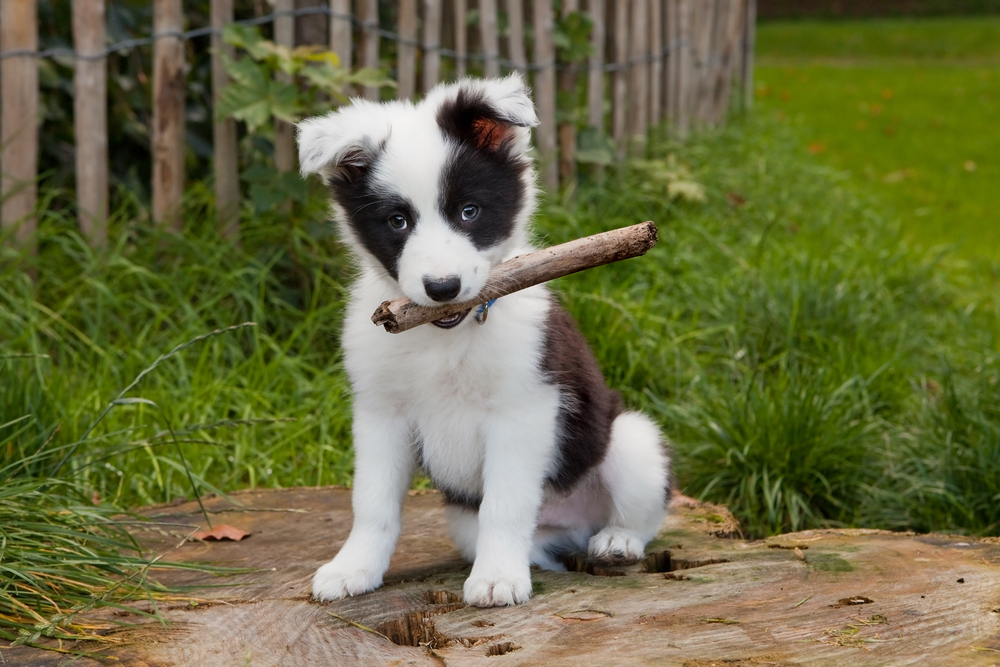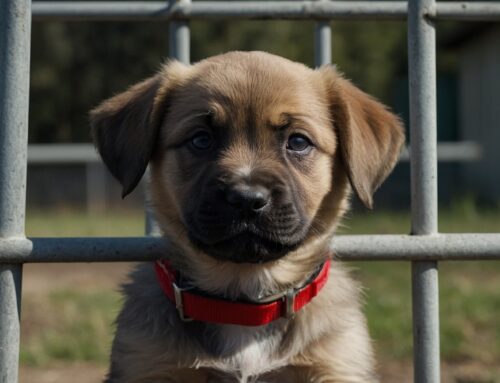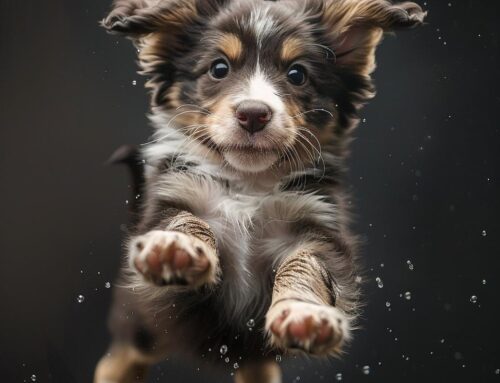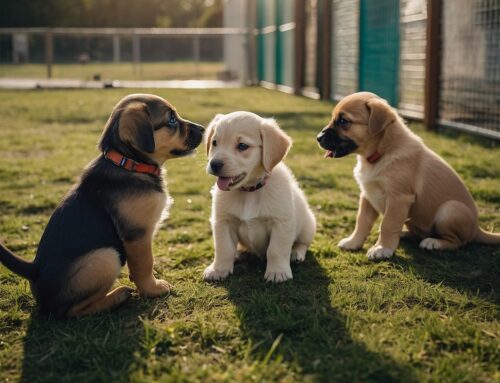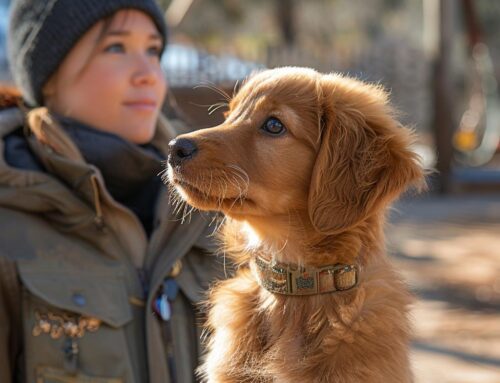There is nothing better than a new puppy. What pet parents want most for their puppy is getting them off to a good start toward being a well-trained dog. Here’s a quick overview of the three common puppy errors pet parents make and how to avoid them.
Resist The Urge, Wait A Little Longer
It’s hard to resist not carrying your puppy away from its litter and right to your car. The best age timeframe in bringing a puppy to their new home is eight weeks, or even better, ten to twelve weeks.
Why, you ask?
The first eight weeks of a puppy’s time with its mother and littermates are irreplaceable and vital to their future livelihood.
These early weeks teach pups so many things, such as interaction towards people and other dogs. What they are learning during this time with their mother and littermates cannot be replicated anywhere else.
Take a step back and wait at least eight weeks to bring your new member of the family home.
Crate Training Is The Way To Go
Puppies love to nestle, and a crate is one of the perfect solutions. A crate is a positive place where dogs sleep and eat. It’s also an excellent tool for potty training when appropriately done and an ideal place to put a pup when a pet parent cannot keep a watchful eye over them.
Crate sizes will change over time as your puppy grows. The main crate goal is finding a size that your pup can turn around in, but not wander. Too much room may encourage a puppy to go potty, which should always be avoided.
Pet parents need to do their research on crate training in terms of sizes, types, and timeframes for potty training guidelines.
Puppy Proofing Time
Puppy proofing doesn’t occur when your pup arrives. Puppy proofing is a full-time adventure throughout the puppyhood of chewing, tearing, and swallowing. Here’s a handful of puppy proof checklist items to get you started:
- Remove toxic indoor and outdoor plants (the ASPCA has a list on their website).
- Place trash cans in unreachable areas from pups.
- Store away medications and supplements.
- Put cover protectors over cords and cables.
- Make certain cleaning detergents and products are out of reach.
- Pick up items from the floor that could tempt pups such as socks, children’s toys, shoes, and more.
- Store away any remotes or loose objects that could be harmful.
- Double-check that human food stays inaccessible and out of a pup’s reach.
More Puppy Information
Puppy’s do best when they are in a structured environment, which boosts their confidence and inquisitive nature. To learn more about how to make puppies thrive, check out the Yappy Puppy Program.



